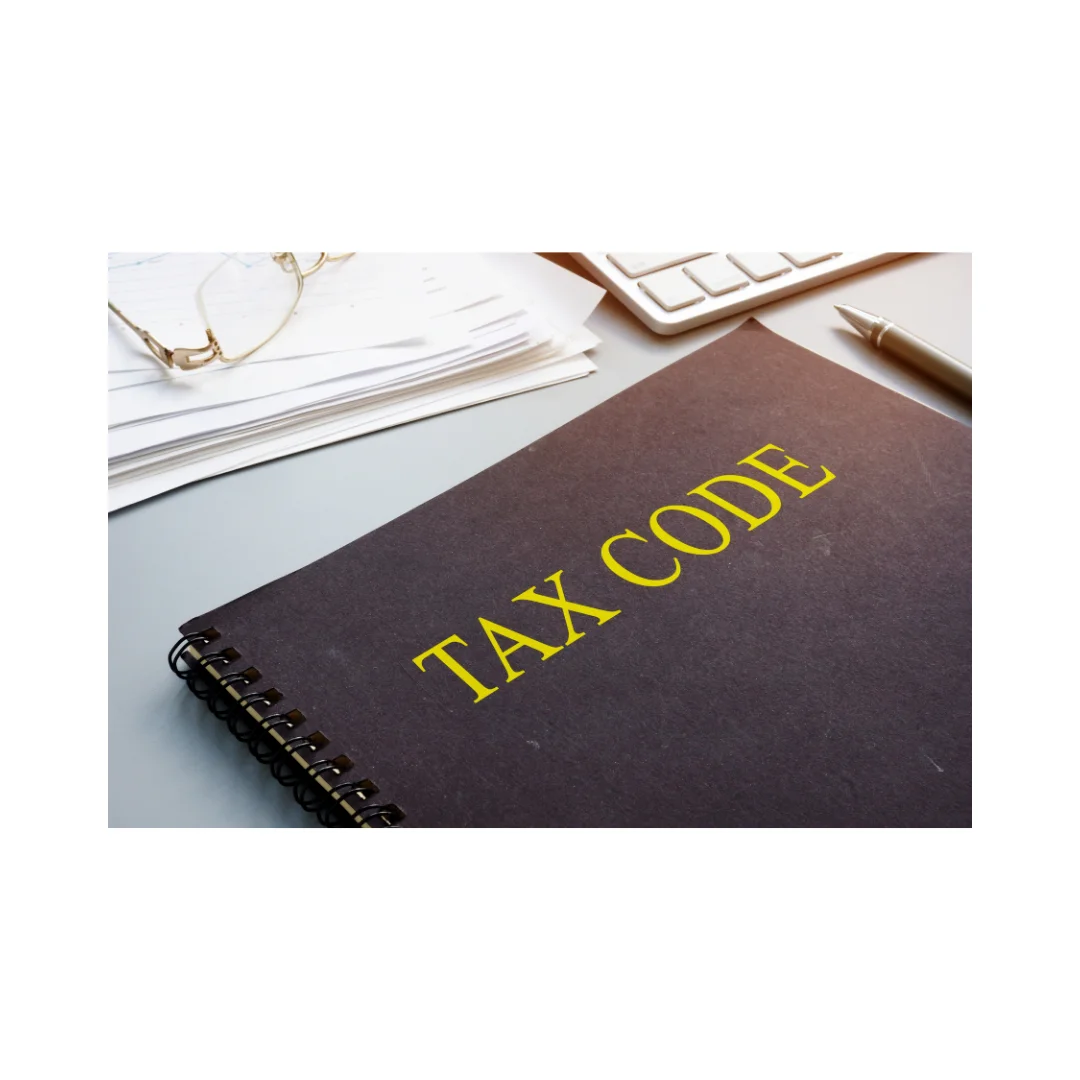
Pay As You Earn (PAYE) is not exactly a tax, but rather a sophisticated system for collecting income tax from earnings. The main concept is that the employees have to have the correct amount of tax deducted from their earnings payments during the tax year, which runs from 6 April of one year to 5 April the following year.
For the purposes of calculating income tax under PAYE, the tax year is split into tax periods, such as:
- Tax weeks: there are 52 tax weeks in a year, except for some years where there are 53 tax weeks.
- Tax months: 12 months
The frequency at which an employee is paid does not affect the overall income tax due in total for a tax year. The date when the employee is paid determines the tax week (or tax month).
Income tax rates & bands:
There are 3 income tax rates and bands for the UK and for tax year 2021 – 2022, these rates are as follows:
Taxable bands Rates £ for tax year 2021 / 2022
Basic 20% 1 to 37,700
Higher 40% 37,701 to 150,000
Additional 45% above 150,000
Personal allowances:
All employees are entitled to allowances that serve to reduce the income on which they pay tax. These allowances vary on the circumstances of each employee.
The personal income tax allowances for tax year 2021 – 2022 are the following:
Personal allowance £12,570
Income limit for basic Personal £100,000
Tax codes:
Tax codes have an important role in the operation of PAYE and the calculation of income tax due on earnings.
Most of the tax codes will have a suffix which signifies an employee tax status:
L – single person allowance
T – temporary
M – recipient of a Transferable Tax Allowance
N – transferor of a Transferable Tax Allowance
A tax code could also have a prefix, which indicate a variation from the standard tax calculation method.
D0 – Higher rate tax (40%) applies
D1 – Additional rate tax (45%) applies
K – Negative pay adjustment
S – Scottish rate taxpayer
C – Welsh rate taxpayer
SD0 – Intermediate tax rate (21%) applies (Scotland)
SD1 – Higher tax rate (41%) applies (Scotland)
SD2 – Top rate tax (46%) applies (Scotland)
BR – Earnings are taxed at 20%, no personal allowance applied
Emergency tax code:
HMRC sets an emergency tax code which provides the basic personal tax allowance. The emergency code is applied on ‘Week 1/ Month 1’ basis and it is used for new starters who have not provides a form P45 with a valid tax code.
The emergency tax codes are 1257L/W1, 1257L/M1 and 1257L/X. Emergency tax code X is used when the employee’s pay frequency is unknown.
An employee’s tax liability is based on their total taxable income during the whole tax year, which means the PAYE operates on a cumulative basis, where the tax due is calculated on the total taxable earnings in the tax year to date and any personal tax allowances are apportioned over the tax year.
If, however an employee is on emergency tax code (‘Week 1 / Month 1’), the employee’s tax is calculated by reference to the current tax period only, ignoring previous earnings or tax paid in the current tax year.
Many of our contractors start with an emergency tax code, which is adjusted upon instructions from HMRC. If you have any question or need advice, please get in touch and speak to our team today to find out more about your income tax.